Picture this: you’re walking through a forest when you stumble and begin to fall. Instead of hitting the ground, you find yourself suspended in an enormous spider web, completely unharmed. It sounds like something straight out of a superhero movie, but could nature’s most elegant trap actually save a human life? The answer might surprise you more than you think.
The Incredible Physics Behind Spider Silk
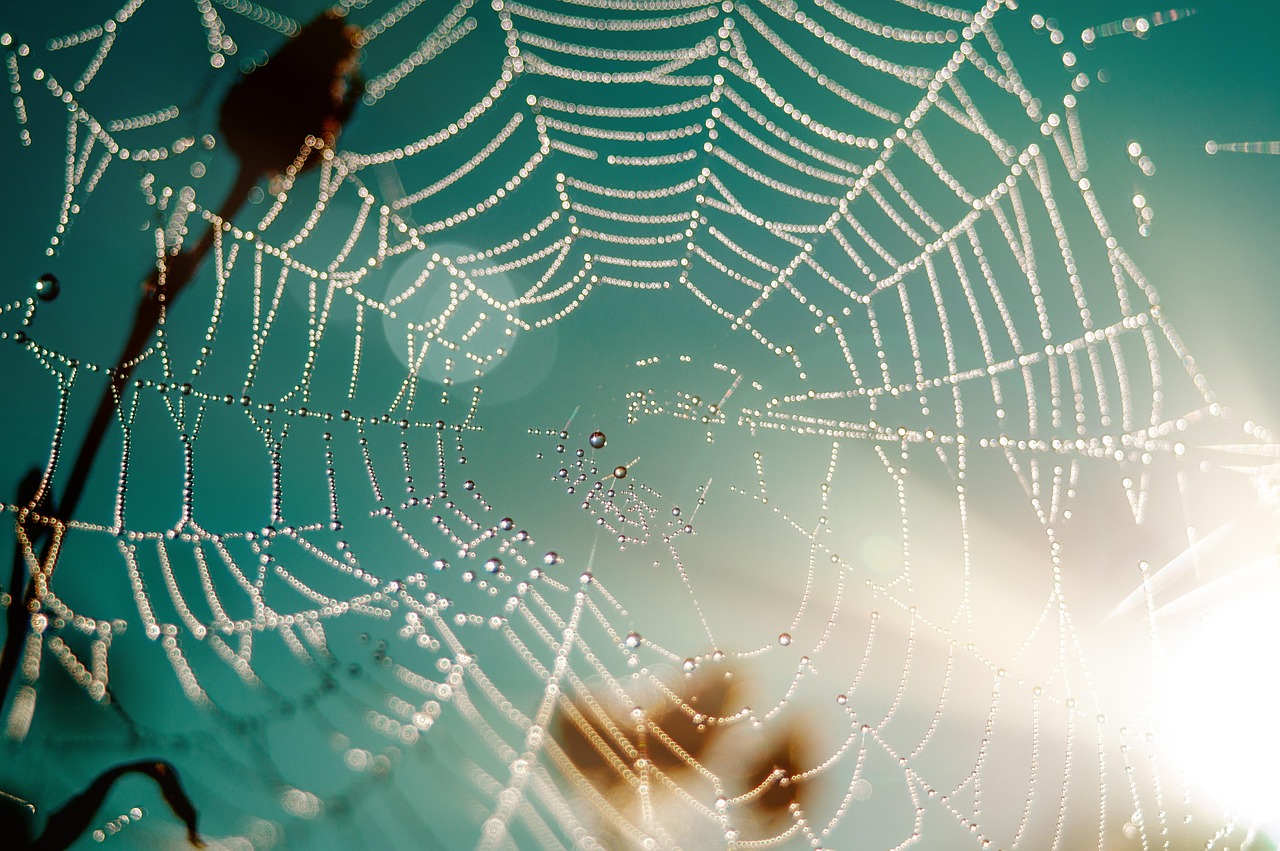
Spider silk isn’t just another material found in nature – it’s a biological marvel that puts our best synthetic materials to shame. When scientists first began studying spider silk under microscopes, they discovered something extraordinary: this delicate-looking thread is actually stronger than steel by weight. The silk contains proteins arranged in a way that creates both incredible tensile strength and remarkable flexibility.
What makes spider silk so special is its unique molecular structure. The protein chains are arranged in both crystalline and amorphous regions, giving the silk its perfect balance of strength and elasticity. Think of it like a perfectly engineered suspension bridge that can stretch without breaking. This combination allows spider webs to absorb tremendous amounts of kinetic energy without snapping.
Golden Orb Weavers: Nature’s Master Engineers
Among all spiders, the golden orb weaver produces some of the strongest silk known to science. These remarkable creatures can spin webs that span several feet across, creating structures so durable they can catch birds in flight. The silk from these spiders has been measured to have a tensile strength of up to 1.3 gigapascals – that’s comparable to high-grade steel.
What’s even more impressive is how these spiders construct their webs. They use different types of silk for different purposes: strong dragline silk for the main framework, sticky capture silk for trapping prey, and specialized silk for reinforcement. It’s like having a construction crew that knows exactly which materials to use for maximum effectiveness.
Scaling Up: From Insects to Humans
The mathematical challenge of scaling spider silk to human proportions is mind-boggling. A typical spider web might be designed to catch insects weighing a few grams, but a human falling from height could weigh 70 kilograms or more. That’s roughly 10,000 times heavier than the web’s intended target.
However, the physics become interesting when you consider how energy absorption works. A falling human doesn’t just need to be stopped – they need to be slowed down gradually to avoid injury. Spider webs are naturally designed to do exactly this, stretching and absorbing energy rather than simply creating a rigid barrier.
The Darwin’s Bark Spider: Record-Breaking Web Builders
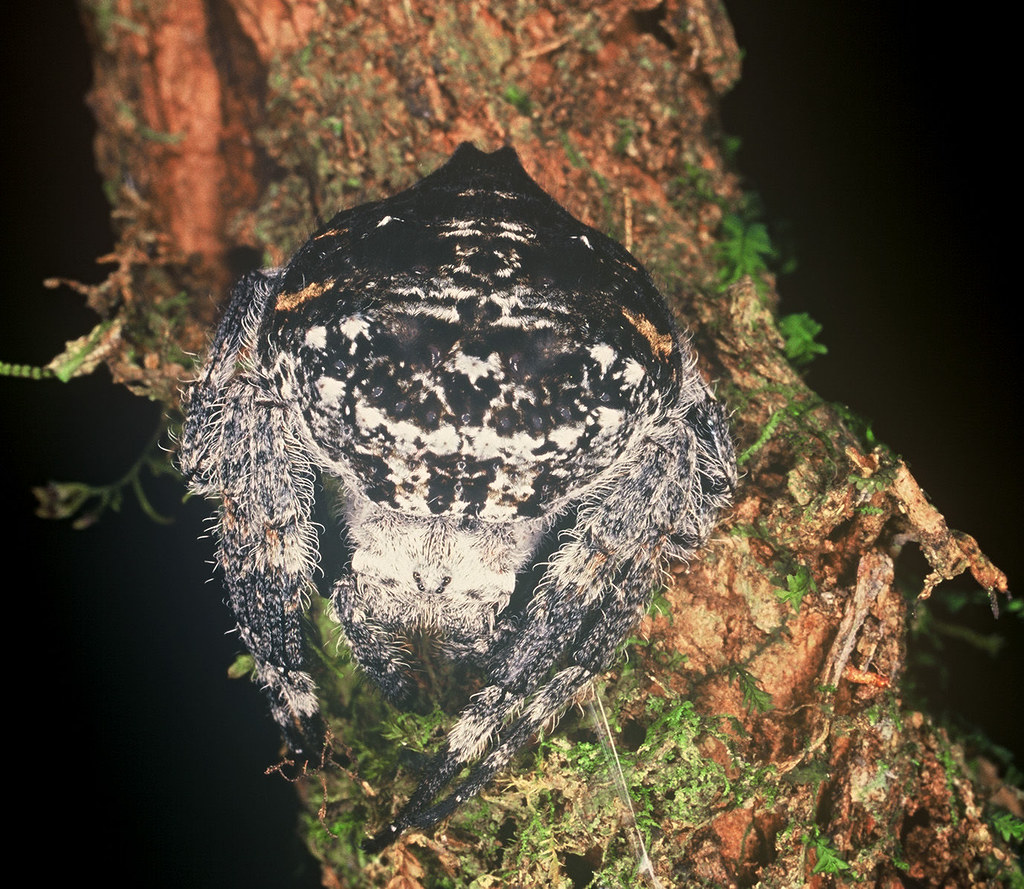
In Madagascar, scientists discovered a spider that literally breaks all the rules: Darwin’s bark spider. These incredible creatures build webs that can span entire rivers, stretching up to 25 meters across. Their silk is ten times stronger than Kevlar and twice as elastic as any other known spider silk.
These webs have been observed catching birds, bats, and other large flying creatures that would be impossible for typical spider webs to handle. The sheer size and strength of these webs bring us tantalizingly close to what might be needed to catch a human. Some of these webs contain over 80 meters of silk and can withstand tremendous forces.
Energy Absorption: The Key to Survival
When a human falls from a significant height, they accumulate kinetic energy that needs to be dissipated safely. This is where spider silk’s unique properties become crucial. Unlike rigid materials that would stop a falling person abruptly (potentially causing fatal injuries), spider silk stretches and absorbs energy gradually.
The secret lies in how spider silk behaves under stress. As the web stretches, it converts the kinetic energy into elastic potential energy, then dissipates it through internal friction within the silk fibers. This process can absorb enormous amounts of energy while keeping the peak forces relatively low – exactly what you’d want in a life-saving device.
Real-World Testing: Scientists Take on the Challenge
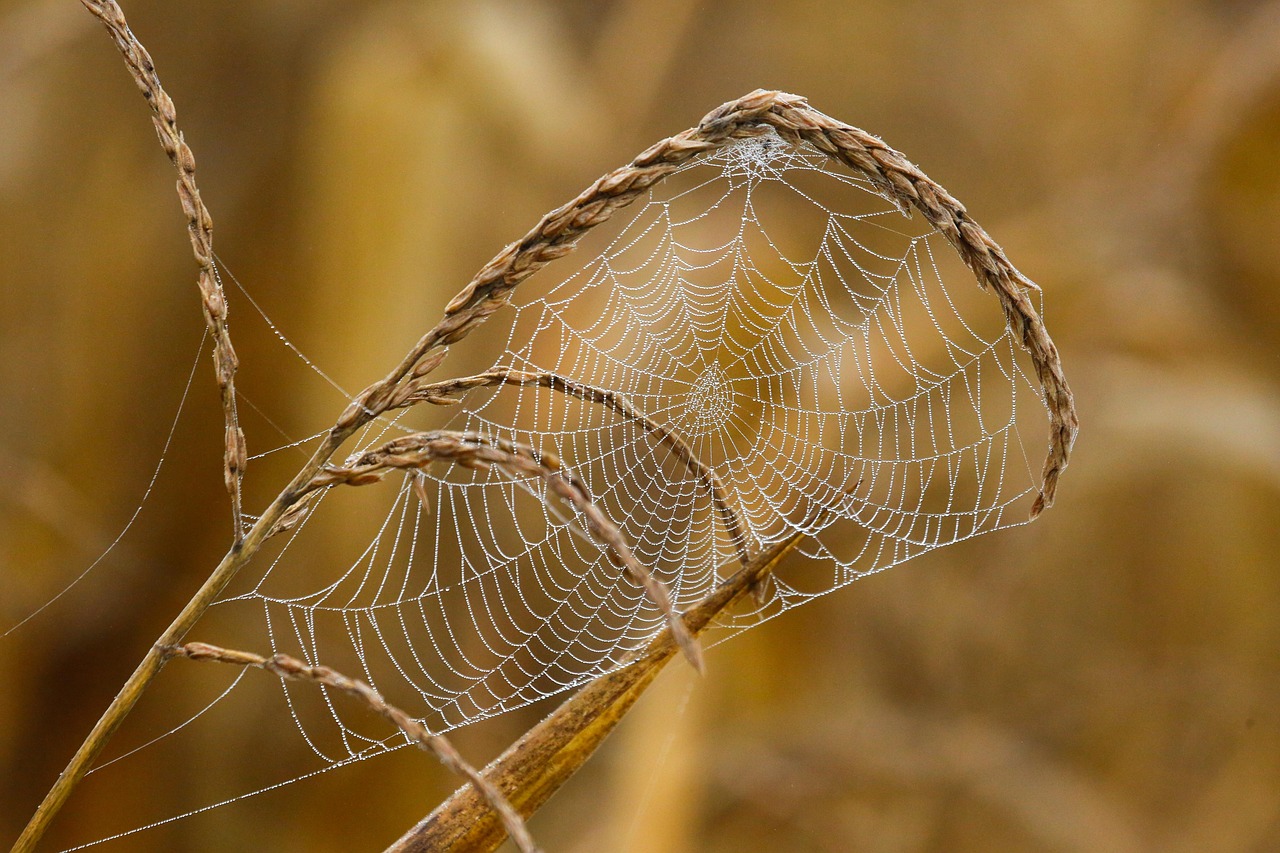
Researchers have actually conducted experiments to test these theories. Using computer simulations and scaled models, scientists have calculated that a web made from Darwin’s bark spider silk, scaled appropriately, could theoretically catch a falling human. The web would need to be massive – potentially spanning several meters with thousands of anchor points.
The testing revealed that such a web would need to stretch significantly to absorb the energy safely. We’re talking about a web that might expand to two or three times its original size during impact. But the math checks out: the silk could handle the forces involved without breaking.
The Weight Factor: How Much Can Silk Really Hold?
One of the most fascinating aspects of spider silk is its weight-to-strength ratio. A strand of spider silk the thickness of a human hair could theoretically support the weight of a compact car. When you scale this up to the thousands of strands that would make up a human-sized web, the numbers become staggering.
However, weight alone isn’t the complete story. The dynamic forces involved in catching a falling human are much more complex than simply supporting static weight. The web would need to handle not just the person’s weight, but also the tremendous forces generated by their deceleration.
Environmental Factors: Weather and Web Durability
Spider webs in nature face constant challenges from weather, and this would be even more critical for a human-catching web. Wind, rain, and temperature changes all affect silk properties. Moisture can actually make some spider silks stronger, while extreme cold can make them brittle.
The size of a human-catching web would make it incredibly vulnerable to weather conditions. Strong winds could tear apart even the strongest silk, and the web would need constant maintenance to remain effective. This highlights one of the major practical challenges in making such a web work in real-world conditions.
The Anchor Point Problem
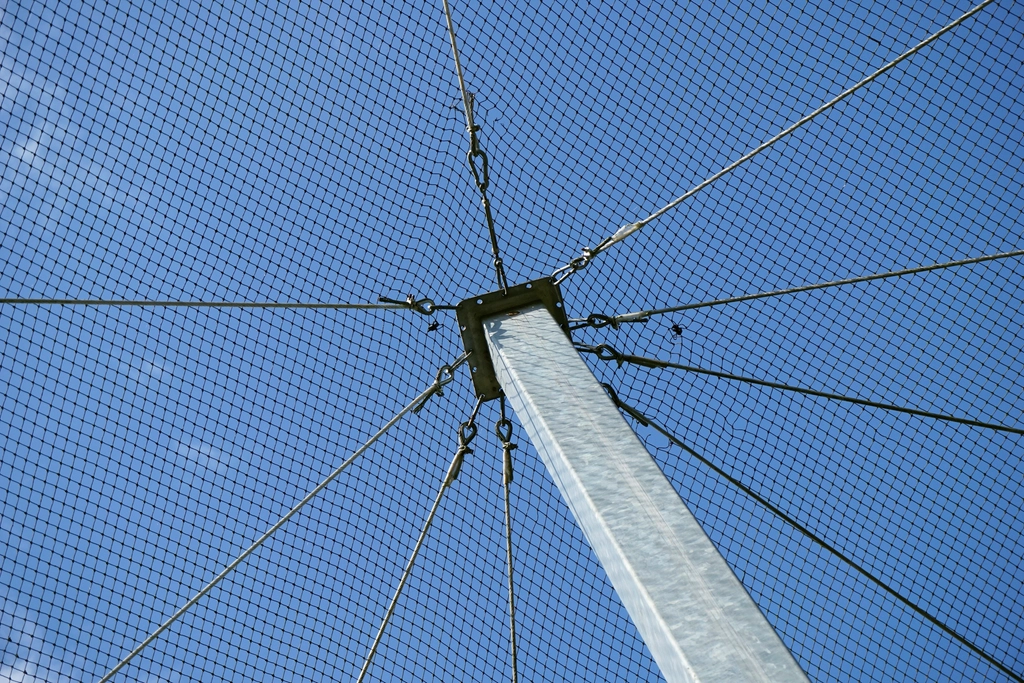
Even if we had enough strong silk, anchoring a human-catching web would present enormous engineering challenges. The anchor points would need to withstand forces that could exceed several tons. Natural spider webs rely on relatively light anchor points like branches and leaves, but a human-scale web would need something much more substantial.
Engineers estimate that the anchor points would need to be embedded in solid rock or concrete structures to handle the forces involved. This turns the simple concept of a spider web into a major construction project requiring significant infrastructure.
Biological Limitations: Can Spiders Produce Enough Silk?
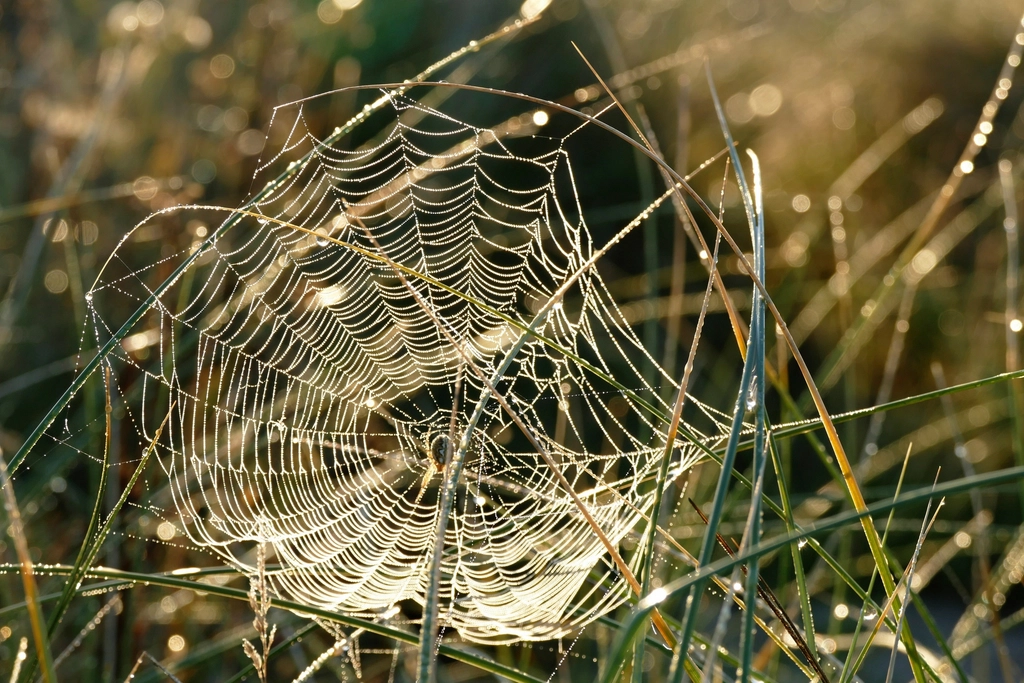
While individual spiders produce incredibly strong silk, they simply can’t produce enough of it to create a human-sized web. The largest natural spider webs use maybe 100 meters of silk, but a human-catching web would likely need thousands of meters. No single spider could produce that much material.
Some researchers have proposed using colonies of spiders working together, but spiders are notoriously territorial and cannibalistic. Getting hundreds of spiders to cooperate on a single web project would be like trying to organize a group of cats – theoretically possible but practically impossible.
Synthetic Spider Silk: The Future Solution
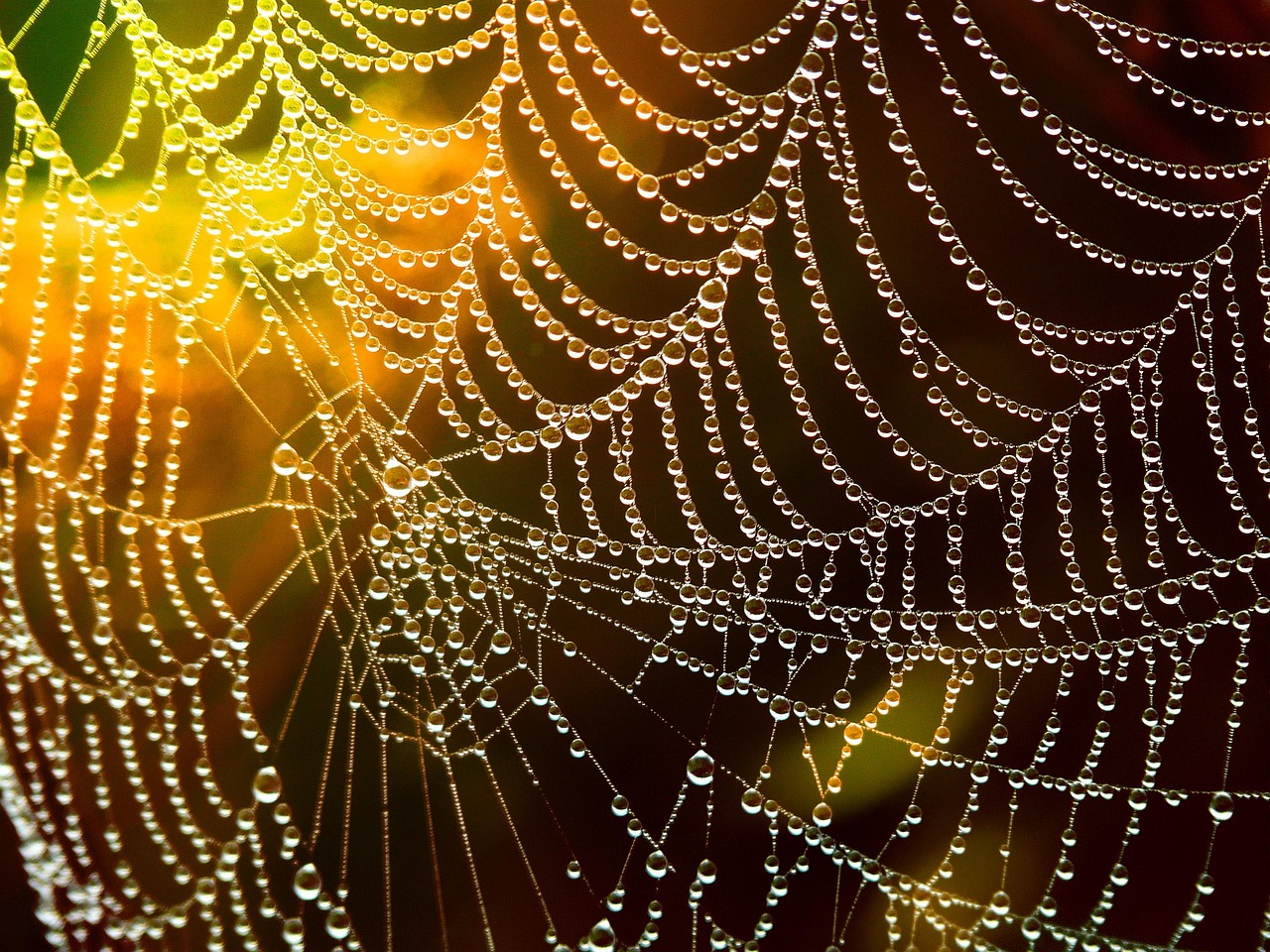
Scientists have been working for decades to create synthetic spider silk that matches nature’s properties. Companies like Bolt Threads and Spiber have made significant progress, creating artificial silk using genetically modified bacteria, yeast, and even silkworms. These synthetic materials are approaching the strength of natural spider silk.
The advantage of synthetic silk is that it can be produced in much larger quantities than natural silk. We could theoretically manufacture enough artificial spider silk to create a human-catching web, though the cost would be enormous. Current synthetic spider silk costs thousands of dollars per kilogram to produce.
The Safety Factor: Would It Actually Save Lives?
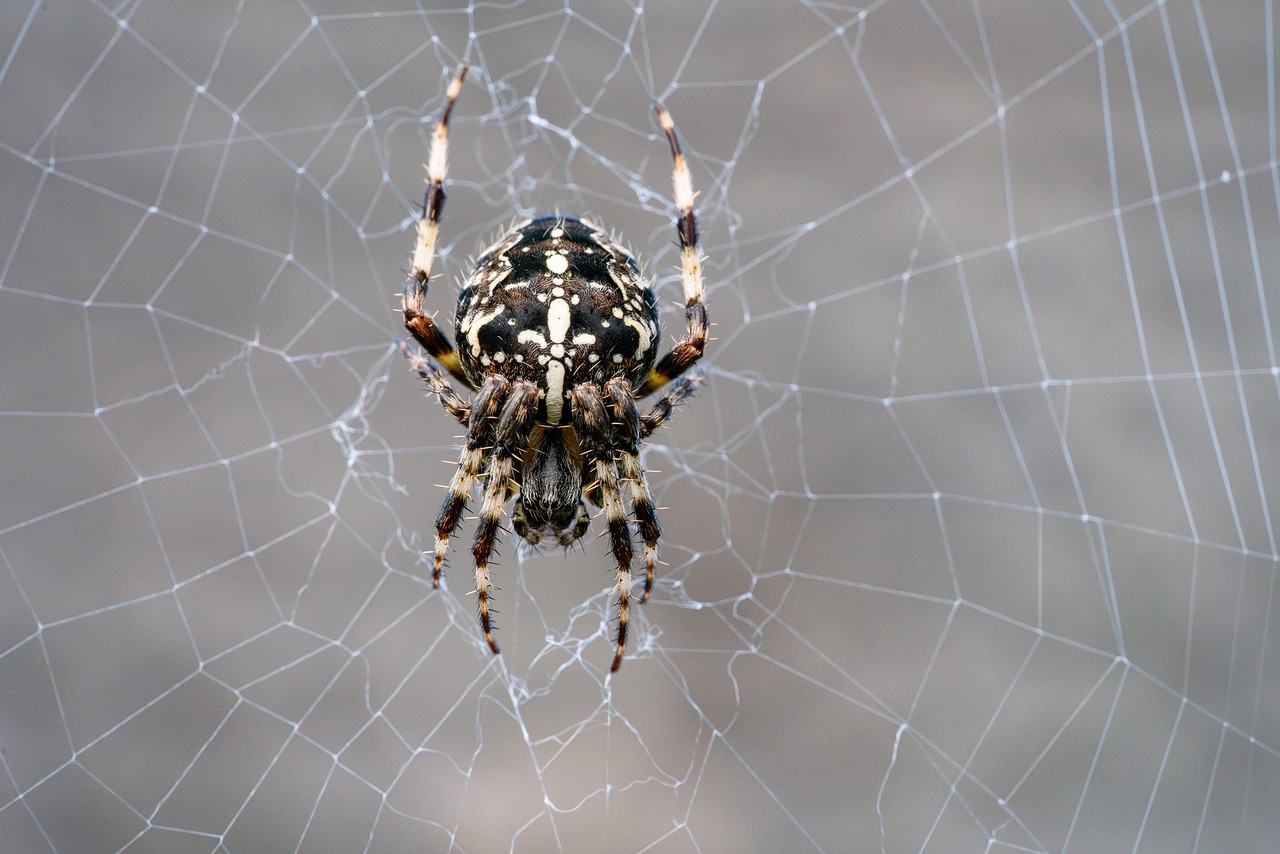
Even if we could create a web strong enough to catch a falling human, would it actually be safe? The forces involved in rapidly decelerating a human body could still cause serious injuries, even with the web’s energy-absorbing properties. The person might survive the fall but suffer broken bones or internal injuries from the deceleration forces.
Safety engineers point out that the web would need to be designed with very specific stretch characteristics to keep deceleration forces within survivable limits. This adds another layer of complexity to an already challenging engineering problem.
Nature’s Inspiration for Human Engineering
While we may never see giant spider webs catching falling humans, spider silk has inspired numerous innovations in human engineering. Bulletproof vests, parachute cords, and even surgical sutures have been improved by studying spider silk properties. The military has invested millions in research to create spider silk-based materials for protective equipment.
The principles behind spider webs are also being applied to building design. Architects are studying how spider webs distribute forces to create stronger, more flexible structures that can better withstand earthquakes and high winds.
The Verdict: Science Fiction or Future Reality?
So could a spider web actually catch a falling human? The surprising answer is: theoretically, yes. With the right type of silk, proper scaling, adequate anchor points, and perfect conditions, a massive spider web could potentially save a human life. The physics and materials science support this possibility.
However, the practical challenges are enormous. The web would need to be artificially constructed using synthetic materials, require massive infrastructure for anchor points, and would be incredibly expensive to build and maintain. While nature has given us the blueprint, human engineering would need to take it from there.
The idea of spider webs catching humans remains firmly in the realm of science fiction for now, but the incredible properties of spider silk continue to inspire real-world innovations that might one day save lives in ways we never imagined. Nature’s smallest engineers have created one of the strongest materials on Earth – isn’t it fascinating what we might learn from them next?
